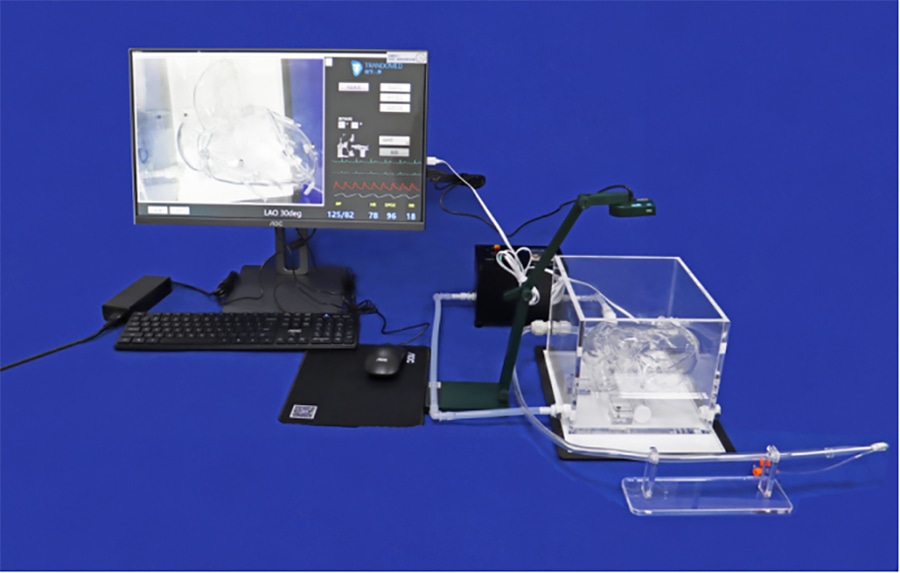
#Industry News
Percutaneous Coronary Intervention: Advancing Cardiac Care
Percutaneous Coronary Intervention: Advancing Cardiac Care
Introduction
Heart disease continues to be a leading cause of mortality worldwide, necessitating effective treatment options to improve patient outcomes. Percutaneous coronary intervention (PCI), also known as coronary angioplasty or balloon angioplasty, has emerged as a widely utilized and highly effective procedure for managing coronary artery disease. In this article, we will delve into the details of PCI, its procedure, benefits, and advancements in this remarkable cardiac intervention.
Understanding Percutaneous Coronary Intervention (PCI)
Percutaneous coronary intervention is a minimally invasive procedure used to treat narrowed or blocked coronary arteries, the blood vessels that supply oxygen-rich blood to the heart muscle. It involves the insertion of a catheter into the affected artery, typically through the femoral or radial artery in the groin or wrist, respectively. The catheter is guided to the site of the blockage, and a small balloon at its tip is inflated to compress the plaque or fatty deposits, thereby widening the artery and restoring blood flow. In many cases, a stent—a small mesh tube—is also placed to keep the artery open and prevent re-narrowing.
Benefits of Percutaneous Coronary Intervention
1.Restoration of Blood Flow: The primary goal of PCI is to restore adequate blood flow to the heart muscle, relieving symptoms such as chest pain (angina) and reducing the risk of complications associated with reduced blood flow, including heart attack or heart failure.
2.Minimally Invasive: PCI is a minimally invasive procedure that avoids the need for open-heart surgery. This means smaller incisions, reduced pain, shorter hospital stays, and faster recovery times compared to traditional surgical interventions.
3.High Success Rates: PCI has shown exceptional success rates in improving blood flow and relieving symptoms. The majority of patients experience immediate relief from angina and an improved quality of life.
4.Quick Relief in Acute Situations: In emergency situations such as a heart attack (myocardial infarction), PCI can be performed swiftly to restore blood flow promptly, minimizing heart muscle damage and improving outcomes.
Advancements in Percutaneous Coronary Intervention
1.Drug-Eluting Stents: Traditional bare-metal stents have been replaced by drug-eluting stents (DES) in many cases. DES are coated with medication that helps prevent re-narrowing of the artery (restenosis) by inhibiting the growth of scar tissue. This advancement has significantly reduced the need for repeat procedures.
2.Imaging Techniques: Advanced imaging techniques like intravascular ultrasound (IVUS) and optical coherence tomography (OCT) provide detailed images of the coronary arteries, aiding in accurate diagnosis, treatment planning, and stent placement during PCI procedures.
3.Radial Access: While the femoral artery has traditionally been the primary access point for PCI, the radial artery approach (through the wrist) is gaining popularity due to its lower risk of complications, reduced bleeding, and improved patient comfort.
4.Complex Lesion Management: With advancements in PCI techniques and equipment, interventional cardiologists are now able to successfully treat complex coronary artery lesions that were once deemed challenging or inaccessible. This includes chronic total occlusions and bifurcation lesions, expanding the scope of PCI to a wider range of patients.





